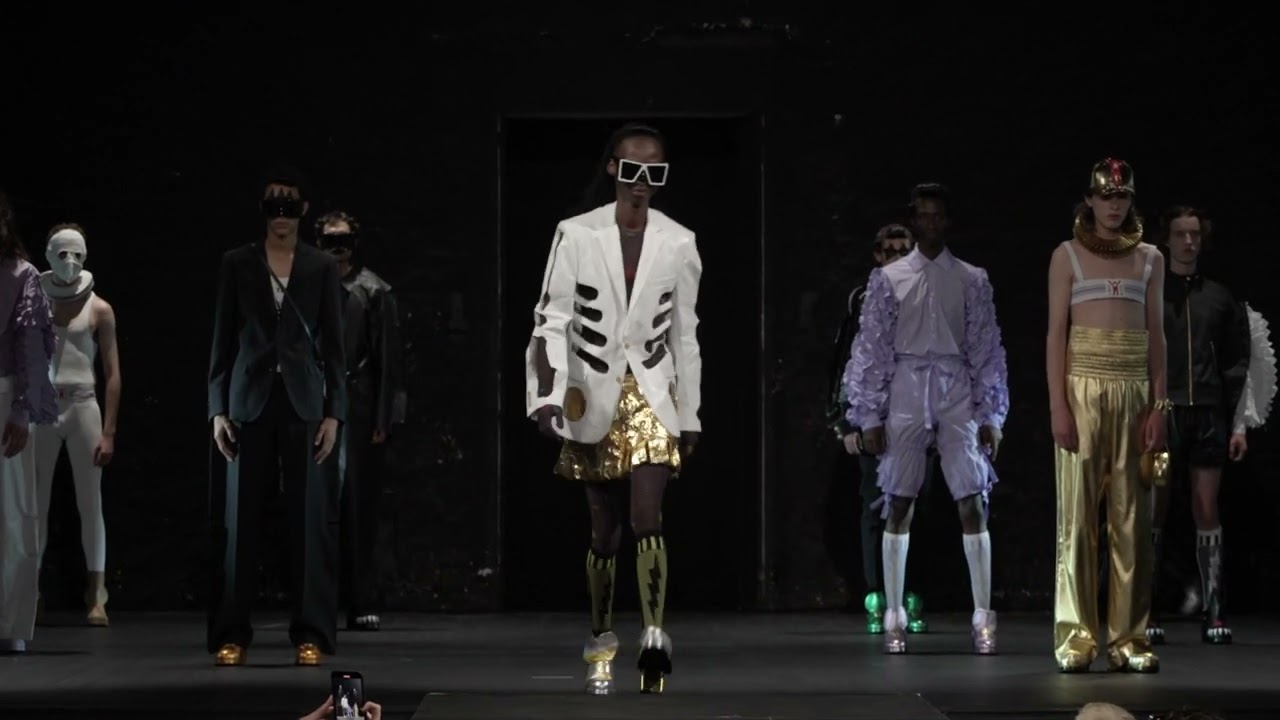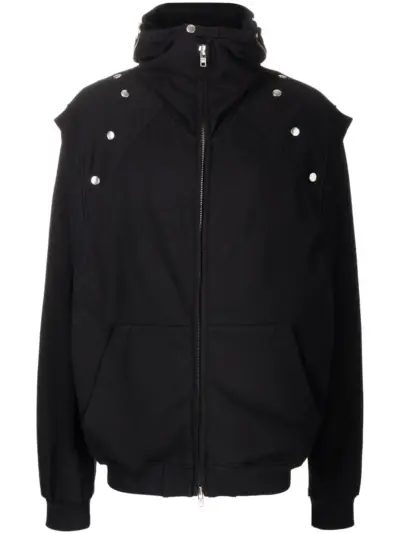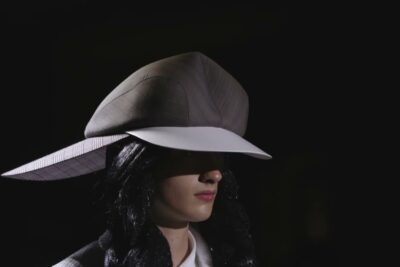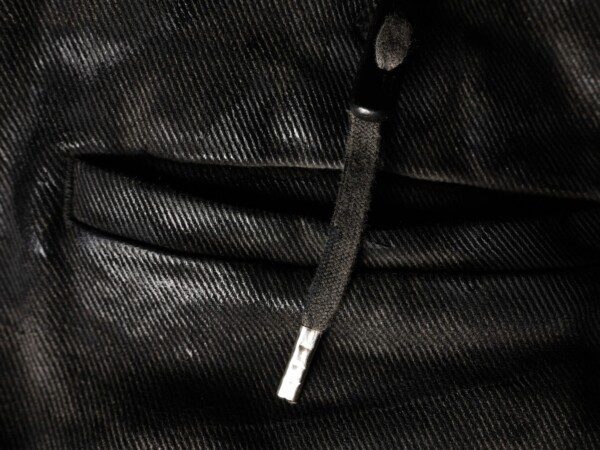
About Walter Van Beirendonck
Walter Van Beirendonck has always been the loudest voice in the room, but at the same time one of the most thoughtful. Since the 1980s, he has made clothes that do more than cover the body. They shout, they protest, they play. He was part of the Antwerp Six, that legendary group of Belgian designers that also included Dries Van Noten, Ann Demeulemeester, Dirk Bikkembergs, Dirk Van Saene, and Marina Yee, but his path has always looked a little different. Where others found a balance between commerce and creativity, Walter leaned hard into spectacle.
He was born in Brecht in 1957 and studied at the Royal Academy of Fine Arts in Antwerp. The Academy shaped him, but so did comic books, underground music, performance art, and the nightlife of the late seventies. From the very beginning, his shows felt more like theatre than fashion presentations. Models looked like characters, clothes carried slogans, the runway became a stage for both fun and critique.
In 1986, he joined the other designers from the Antwerp Six in London for the British Designer Show. They drove a truck full of clothes to the city and shocked an industry that was still deep in the era of glossy power dressing. Walter’s collection stood out even in that rebellious group. Oversized shapes, rubber details, and wild graphics pulled people in and made them stare. It was not just fashion. It was a bold statement.
Over the years Walter Van Beirendonck kept pushing that energy. His work has touched on AIDS, racism, climate change, war, and gender identity. The messages were often blunt, printed across T-shirts or painted on coats, but the delivery was joyful, full of color and exaggeration. Latex, neon knits, tribal references, science fiction masks, even cartoon characters — all were folded into his vision. He was never afraid of being too much. And underneath it all, the craft was there: sharp tailoring, complex knitwear, and textiles that demanded skill.
His career branched out beyond his own label. In the nineties he worked on Scapa Sports, launched the cult line W.&L.T. (Wild and Lethal Trash), and even designed the costumes for U2’s PopMart tour in 1997. Those outfits brought his playful politics to stadium audiences, a true collision of pop music and avant-garde fashion. Museums also took interest, and many of his pieces live now as cultural artifacts, shown not as clothes but as art.
He has never stopped teaching either. As head of the fashion department at the Royal Academy, Walter has trained generation after generation of young designers. His classroom is as famous as his runway, a place where he insists that students find their own voices rather than imitate someone else’s. That may be his greatest contribution: not just the clothes he makes, but the space he creates for others to take risks.
To understand Walter Van Beirendonck is to see fashion as a tool. It is not just fabric and cut, not only silhouette or trend. It is message. It is protest. It is fun. Few designers can combine latex bodysuits, cartoon knits, tribal masks, and impeccable tailoring without apology, but Walter does, and he makes it look inevitable. His work is full of contradictions, and that is what makes it matter.
He continues today with the same energy. His voice inside the Antwerp Six is still distinct, louder, brighter, more unapologetic, and at the same time rooted in the traditions of craftsmanship. For collectors and admirers, his pieces are not just garments. They are philosophies stitched into cloth, reminders that imagination, protest, and joy can exist together in one outfit.







